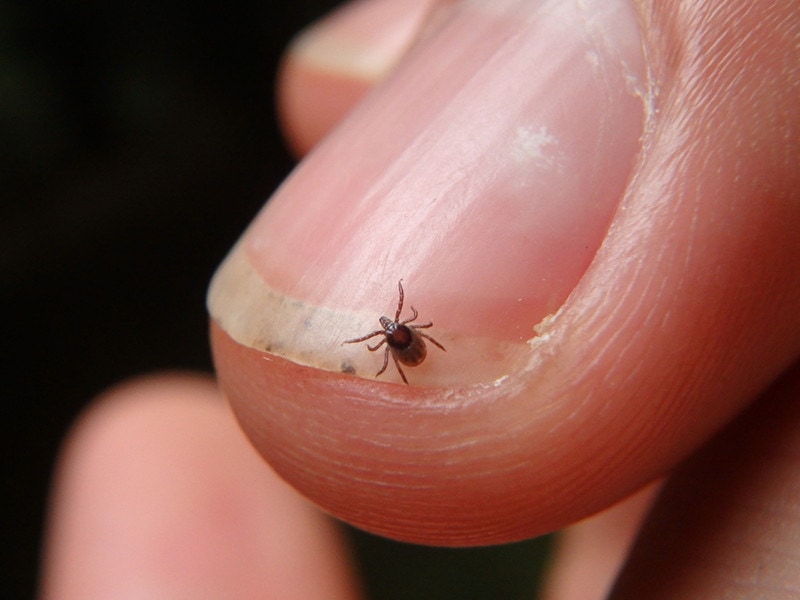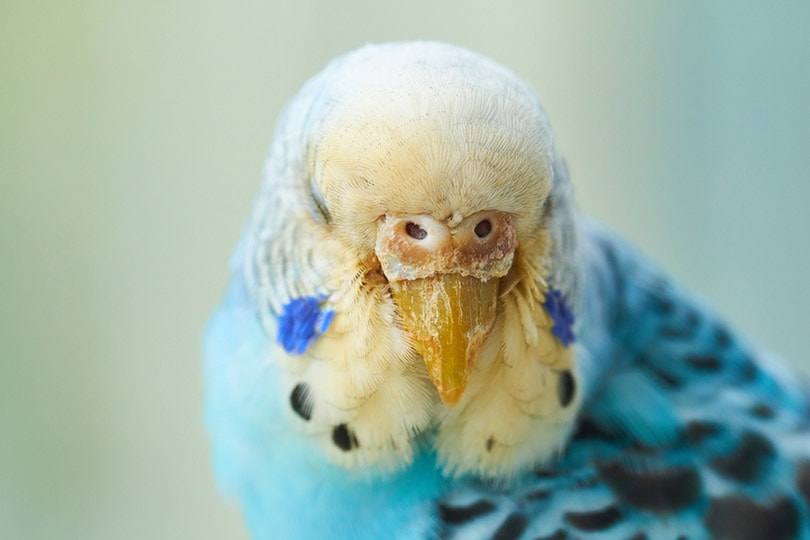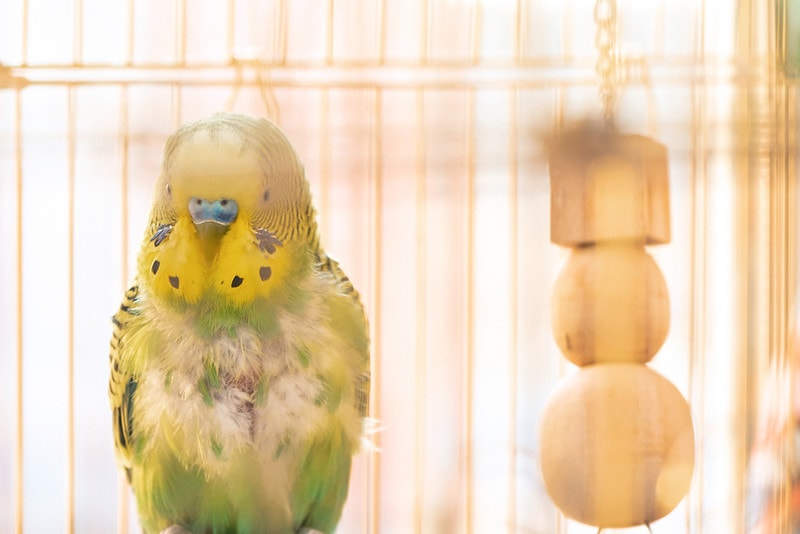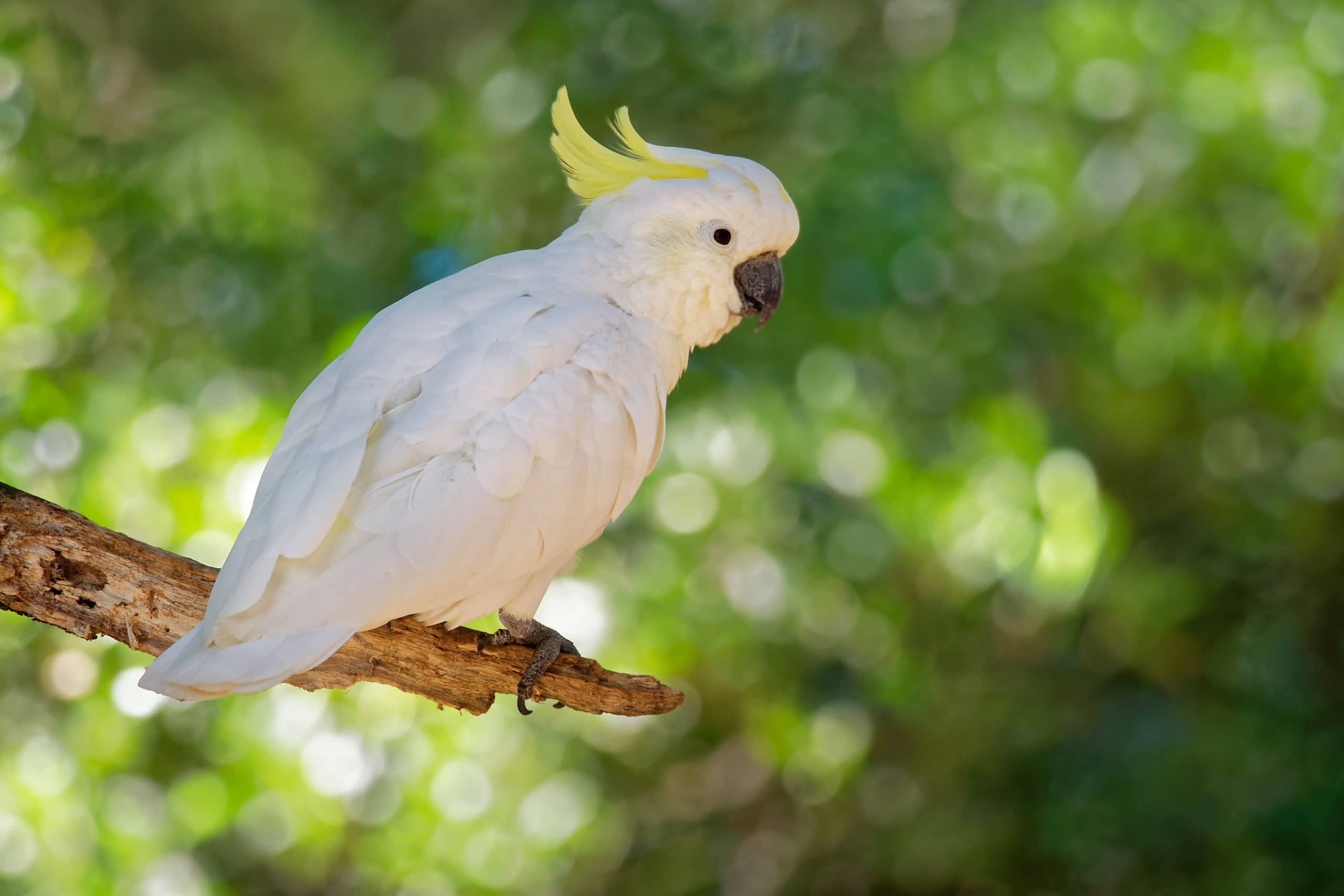
Parrots are popular pets that bird lovers are drawn to for many reasons: their colors, antics, sociability, ability to mimic speech, and learn tricks. All these attributes make them a beloved addition to many households. However, like other pets, parrots may suffer from certain ailments.
Though many people associate mites with cats and dogs, parrots can also be infected by different kinds of mites. In this article, we’ll go over some of the mites that may affect your parrot, their signs, treatment, and prevention. We would like to note, that all bird mites need to be treated by your veterinarian.
 What Are Bird Mites?
What Are Bird Mites?
Bird mites are small 8-legged parasites that infect and feed on birds. Like all parasites, they rely on their host to feed and reproduce. Though bird mites are tiny, they can be seen with the naked eye.

How Common Are Bird Mites?
Though the popularity of pet birds has increased over the last few decades, the incidences of mites on pet parrots have decreased. This can be attributed to good breeding practices. With more and more birds being hatched in incubators, birds can easily be kept mite-proof with proper housing.
Regardless, some mites remain problematic. They are more of an issue where birds are housed near wild birds, kept in highly crowded multiple-species aviaries, when cages aren’t cleaned frequently, or, in rare cases, when wild-caught birds are introduced to a flock.
The 2 Common Mites of Parrots
1. Scaly Face Mite
Despite the name “scaly face”, this mite can also be found on the legs of pet parrots. By far, this is the most common mite found on pet birds and is commonly seen in the budgerigar, the most popular pet bird. The parasite is very rare in other species of parrots. It is caused by the mite Knemidocoptes pilae.
The main sign of this infection is the appearance of white, crusty lesions on and around your parrot’s beak, mouth, ceres (nostrils), eyes, vents, or legs. If you notice these signs, you should have them examined by your veterinarian.
The treatment protocol for this mite is an antiparasitic drug that your vet may administer by injection, an oral drop, or by direct application onto your bird’s skin. Your vet will most likely reassess your bird after a period of 2 weeks to ascertain if they need more medication.
Please note that the doses for drugs used to treat mites in parrots and other pet birds are very low, and you should never attempt to self-medicate your bird, as you may easily give them an overdose. A drug overdose is extremely dangerous for pet birds.

2. Feather Mites
As the name suggests, these mites inhabit the feathers of pet birds. Fortunately, they are very rare in pet parrots and are only occasionally seen in birds that are kept in large numbers in overcrowded aviaries. It is caused by the Dermanyssus gallinae mite.
Parrots and other birds infected with this mite may have ruffled, dull-looking feathers. They may or may not engage in feather picking. In addition, they will often appear restless at night, especially if they sleep in a nest box. This is because the mites often inhabit their nest boxes and may bite your parrot at night.
To treat this mite, your vet will once again medicate your bird with an appropriate drug. In addition, as this mite can often be found in nesting boxes, your vet may prescribe a thorough disinfection protocol for your bird’s cage or aviary with a medicated powder. This mite prefers to live in wooden nest boxes over other types of boxes.
Your veterinarian may advise a complete replacement of the nest boxes. If your nest boxes are currently housing nestlings, do bring this up to your vet and follow their advice on how to best care for the nestlings.

Preventing Reinfection
After your parrot is treated for their parasite problem by a veterinarian, you would want to make sure that the problem does not present itself again. Practicing good hygiene and thoroughly cleaning your house will help remove mite eggs and live mites that may be present in the environment. Adult bird mites don’t die when vacuumed but can be removed from your house by discarding your vacuum’s dust bag after use. Steam cleaning your carpets, upholstery, couches, and other furniture, particularly those near your bird’s cage or favorite hang-out spots, is highly recommended.
For your bird’s cage, disinfections every day or every other day are recommended while your bird is still recovering from an infection. Once your bird has recovered and is given a clean bill of health by your veterinarian, you should clean their cage litter tray at least once a day and thoroughly disinfect the entire cage with a bird-safe disinfectant at least once a week.
Frequently Asked Questions (FAQs)
If one of my parrots appears to have mites, could all my parrots be infected?
Yes. Mites readily spread from one pet bird to another. If just one bird may be showing signs of an infection, you should have them all examined by your veterinarian.
Are there any home remedies that I should use for my parrot?
No. There are no home remedies for mite treatment and eradication that have been proven as effective and bird safe. It is best to consult with your veterinarian.
Can songbirds be infected with these mites?
Yes. Like parrots, songbirds may also be infected with these mites at times. Songbirds, like finches and canaries, are also susceptible to another mite, known as the Air Sac Mite. Your veterinarian can check your songbirds for signs of parasitism.
Are these mites harmful to humans?
Though bird mites may occasionally bite humans and irritate them, they can’t reproduce on human blood. These parasites require blood from your bird to complete their life cycle.

 Conclusion
Conclusion
Parrots may be, on occasion, infected by mites. With prompt treatment and a good disinfection and prevention protocol, this problem can usually be easily rectified. Attempting to self-diagnose or self-medicate your bird for these issues is not advised. Fortunately, there are many drugs that have proven efficacy for these mites that your vet can prescribe and administer to your parrot.
Featured Image Credit: Charlotte Bleijenberg, Shutterstock

 What Are Bird Mites?
What Are Bird Mites?





